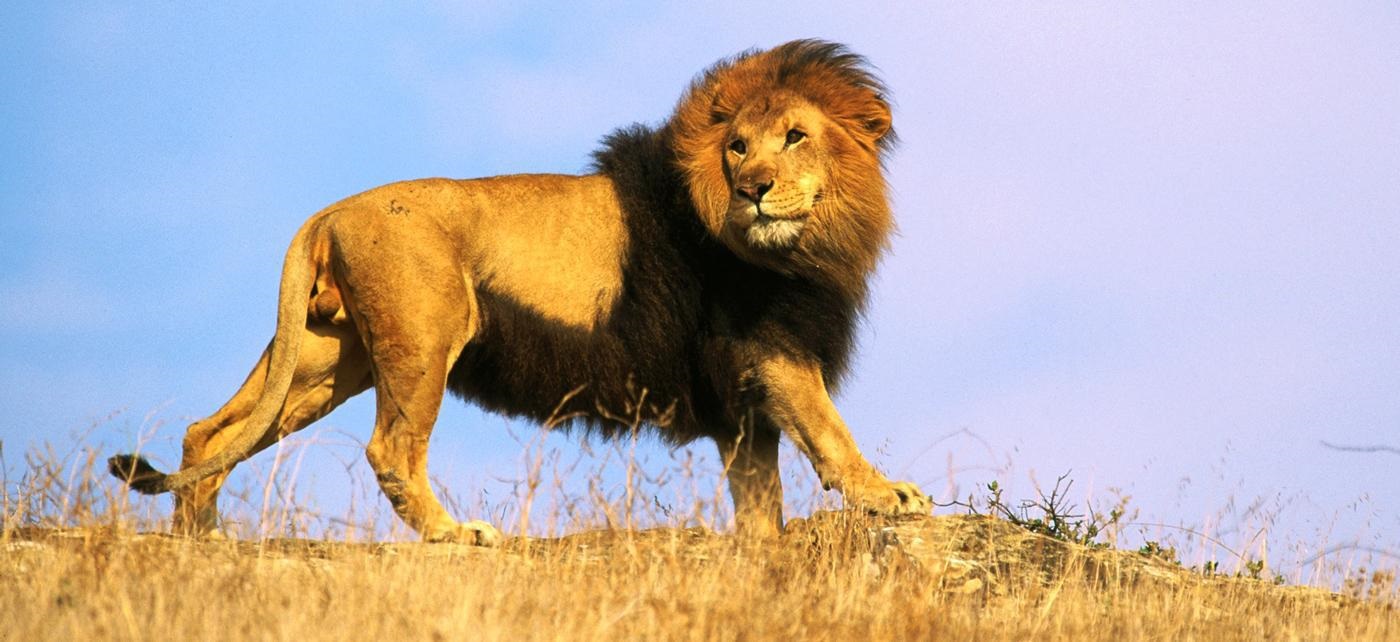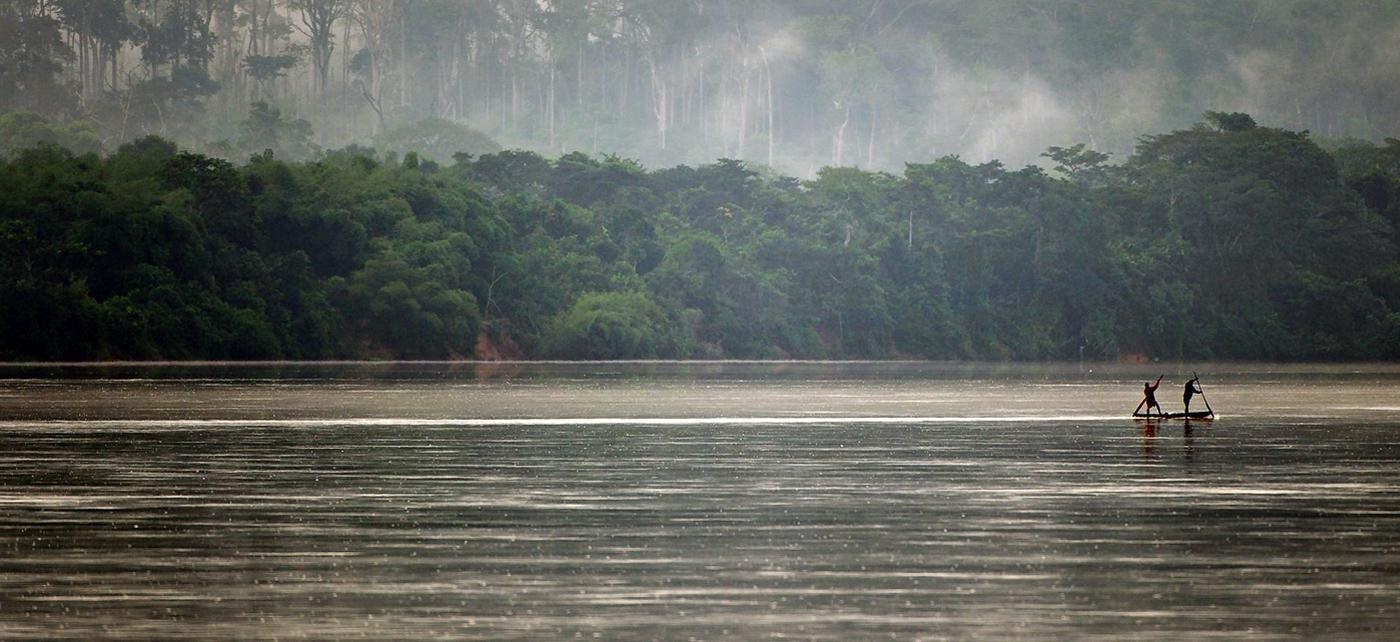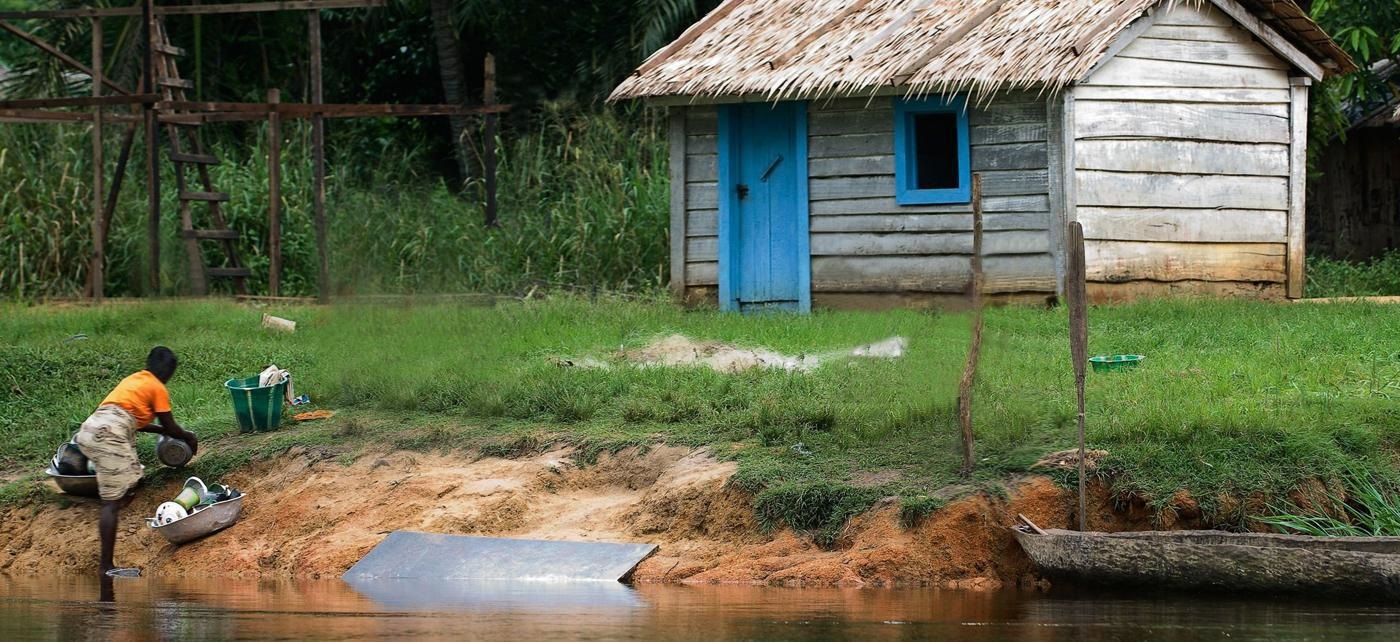The Central African Republic (CAR), is a landlocked country in Central Africa. It borders Chad in the north, Sudan in the north east, South Sudan in the east, the Democratic Republic of the Congo and the Republic of the Congo in the south, and Cameroon in the west. The CAR covers a land area of about 240,000 square miles (623,000 km˛), and has an estimated population of about 4.4 million as of 2008. Bangui is the capital city.
Most of the CAR consists of Sudano-Guinean savannas but it also includes a Sahelo-Sudanian zone in the north and an equatorial forest zone in the south. Two thirds of the country lies in the basins of the Ubangi River, which flows south into the Congo River, while the remaining third lies in the basin of the Chari River, which flows north into Lake Chad.
Between about 1000 BC and 1000 AD, Ubangian-speaking peoples spread eastward from Cameroon to Sudan and settled in most of the territory of the CAR. During the same period, a much smaller number of Bantu-speaking immigrants settled in Southwestern CAR and some Central Sudanic-speaking populations settled along the Oubangi. The majority of the CAR's inhabitants thus speak Ubangian languages or Bantu languages belonging to the Niger–Congo family. A minority speak Central Sudanic languages of the Nilo-Saharan family. More recent immigrants include many Muslim merchants who most often speak Arabic or Hausa.
European penetration of Central African territory began in the late 19th century during the so-called Scramble for Africa (c. 1875–1900). Count Savorgnan de Brazza took the lead in establishing the French Congo with headquarters in the city named after him, Brazzaville, and sent expeditions up the Ubangi River in an effort to expand France's claims to territory in Central Africa. King Leopold II of Belgium, Germany and the United Kingdom also competed to establish their claims to territory in the Central African region.
The economy of the CAR is dominated by the cultivation and sale of food crops such as cassava, peanuts, maize, sorghum, millet, sesame, and plantain. The annual real GDP growth rate is just above 3%. The importance of food crops over exported cash crops is indicated by the fact that the total production of cassava, the staple food of most Central Africans, ranges between 200,000 and 300,000 tons a year, while the production of cotton, the principal exported cash crop, ranges from 25,000 to 45,000 tons a year. Food crops are not exported in large quantities but they still constitute the principal cash crops of the country because Central Africans derive far more income from the periodic sale of surplus food crops than from exported cash crops such as cotton or coffee.


